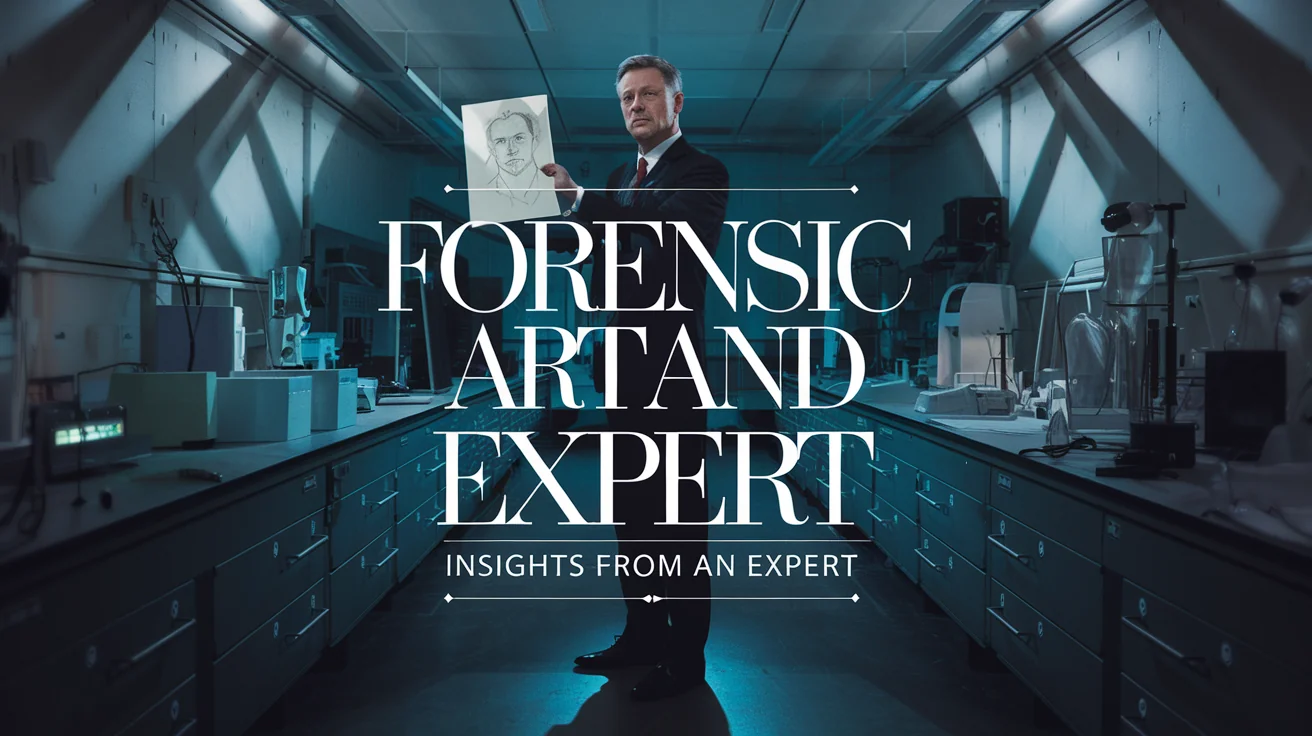Forensic Art and AI: Insights from an Expert

LANSING – As new technologies emerge, surveillance and cameras remain the State Police Forensic Art Unit’s biggest “competitor,” and forensic artist Alyson Sieminski stressed that the use of artificial intelligence in forensic art could create public mistrust by prioritizing aesthetics over accuracy. “AI stuff is meant to be more aesthetically pleasing – it’s not meant to be accurate,” she stated.
Sieminski, one of six forensic artists within the department’s Forensic Art Unit, asserts that traditional artistic skills are irreplaceable, particularly in creating composite sketches used in criminal investigations. “I don’t think anybody’s ever going to be able to replace actual people drawing this stuff, especially when you’re dealing with a composite sketch,” she added. The unit undertakes various sketches, such as composite, age-progression, and postmortem sketches based on eyewitness descriptions and forensic data.
For composite sketches, she elaborated on the process: “When we’re doing a composite sketch, the purpose isn’t to be aesthetically pleasing. It’s to get information out that a victim or a witness has seen.” This collaborative effort requires constant feedback from witnesses to refine the likeness of the suspect. Sieminski’s skills have proven effective; a composite sketch she created in 2022 significantly contributed to solving a multi-state crime involving a suspect who was later sentenced to life imprisonment.
Despite the advancements in AI technologies, Sieminski is skeptical about their application in forensic art. “With AI generative stuff, you have to keep feeding the AI images,” she mentioned, implying that if the required attributes are not present in the provided data, the output will be inaccurate. Although she conceded the potential for AI to assist in age-progression sketches in the future, she reaffirmed that the judicious training and experience of human forensic artists remain essential.
Aging children in composite sketches—especially those missing for years—requires a nuanced understanding of family traits and aging patterns. “It’s definitely not an exact science,” Sieminski remarked, describing the creative aspects required in these sketches.
Addressing postmortem sketches, Sieminski explained their importance when skeletal remains or unidentified bodies are involved. These sketches aim to reconstruct a person’s appearance using forensic lab results, acknowledging the difficulties faced in cases where information is scant. Her recent collaboration involving a postmortem sketch highlights ongoing investigations, showcasing the complex interplay between artistry and forensic science.
Sieminski’s insights underscore the reality that advancements in surveillance technology have altered the landscape of forensic investigation. “You’re on a camera, especially in a city… If you get a good, clear shot of somebody’s face, you don’t necessarily need a sketch like in the past,” she stated, bringing attention to how technologies like AI and surveillance may affect the need for traditional forensic artistry.
This story was provided by Capital News Service at Michigan State University.